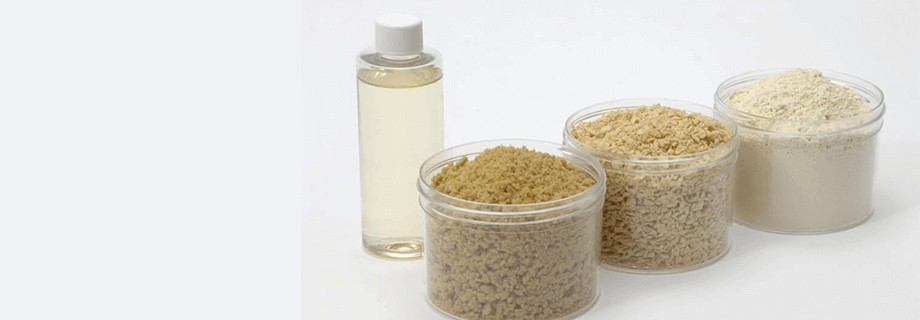Importance of Good Operators in a Production Line: Part 2

In a previous blog, I discussed how operators play a key role in running an efficient operation. This week I will take that discussion a step farther and outline what operators should look for in a production line when performing quality control checks. Each production process has specific parameters, so this blog will walk through monitoring an ExPress® System.
A typical ExPress® System consists of a grinder to prepare the soybeans prior to extrusion, holding bin to feed the extruder, extruder, conditioning conveyor, oil press, cooler and another grinder or roller mill for size reduction of the finished cake coming from the press. The finished meal is then conveyed to storage. As outlined below, the operator should perform a quality control check of the system every hour.
If a grinder is used, pre-extruded, check the amperage and incoming flow of raw ingredients. Next, verify the flow from the holding bin to the extruder is not obstructed. It is important to verify the extruder temperature and amperage are correct to assure maximum rated production and optimized finished product.
Next comes the vented conveyor and oil press. The press likes dry product {less than 5% moisture}, so it is important to insure enough steam is removed from the extruded product prior to entering the press. Not enough vapor is removed when condensation drips into the press from the vented conveyor. The model 1500 or 2000 oil press will not pull full amperage, so there are things to look for to make sure you are not overfeeding it. First, if the vertical feed auger is oscillating you are most likely over feeding it. If there are a lot of fines or foots coming from the cage that is another sign of over feeding. Any oil spill can be a mess now is a good time to inspect the oil recovery system to insure it is working as designed.
The cake product coming from the press is now ready for cooling and finished size reduction. The cake can be ground with a small grinder or roller mill before or after cooling. When using a counter flow cooler, the product is usually ground after cooling. This is the same with the rotary cooler (post grinding) and will also assist with dust control. Counter flow type coolers work by automated level switches and air dampers. All that is needed after the initial setup is to make sure it is cycling properly. If your processes uses a rotary cooler the operator should verify the product temperature is less than the industry standard 120oF before it goes to storage and verify the air lock is not plugged, adjust the drum dwell and air flow as needed. When it is not cooled properly it will steep in storage and ruin the product. The final step in the quality control check is the conveyor to the finished storage.
During hourly quality control checks, samples of the raw ingredient and finished product are taken and used to compare and check process efficiency. Paying close attention to the process can help eliminate down time, insure product quality and maximize efficiency of the whole production line. If your operators need additional training on equipment or you would like assistance in developing a quality check process, contact Ray Goodwin Service Manager or call +1-515-254-1260.



